#chimaera
Text

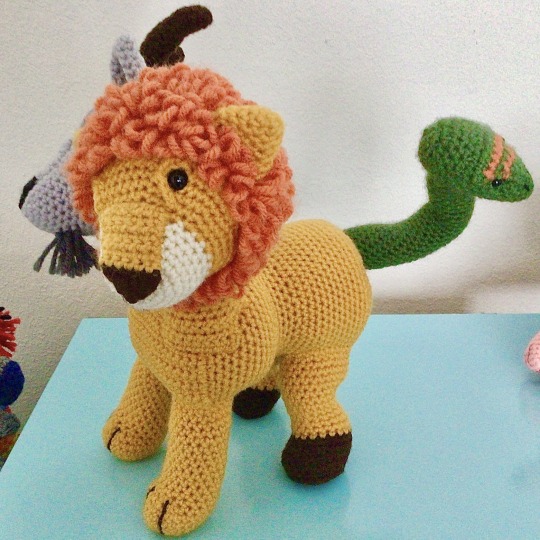
This Chimera is a mythological creature that consists of two main heads of a lion and goat, with a snake tail.
Etsy | Ravelry
#amigurumi#chimera#mythical#creature#crochet pattern#chimaera#doll#diy#amigurumi pattern#greek mythology#mythological#animal#lion#goat#textile#art doll#plushie pattsrn#doll artist#jbcrochetwizard#designer
773 notes
·
View notes
Text
Can we talk about how extra Thrawn is for getting a decal commissioned on an I-Class Star Destroyer?

This baby is 1600 metres long.
Was this on the Empire's budget? Do you think some poor sod had to explain to the expenses department that no sir this is this isn't a mistake. Yes sir it was commissioned by The Grand Admiral. Yes sir we told him not to. No sir he didn't listen.
798 notes
·
View notes
Text

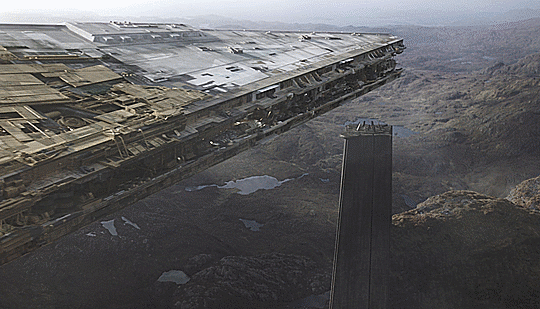
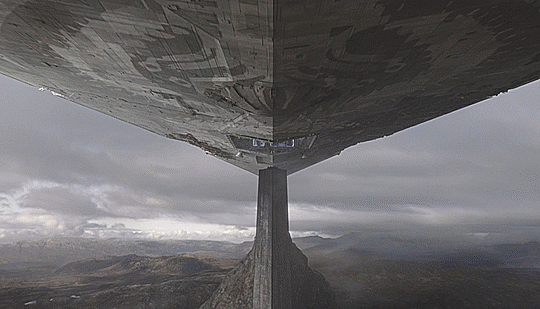


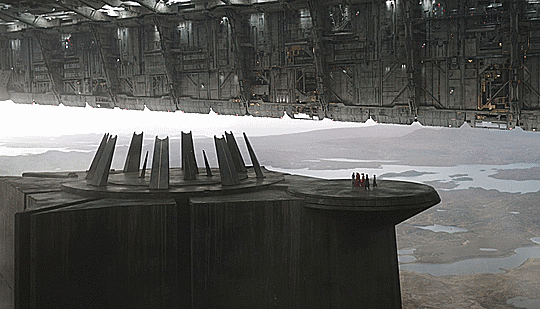
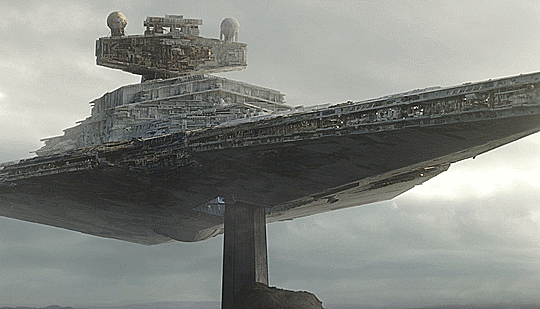
Chimaera, "Far, Far Away"
#Star Wars#Ahsoka#Star Destroyer#Chimaera#ISD Chimaera#Thrawn's Star Destroyer#Ahsoka TV#Star Wars Ahsoka#Ahsoka Spoilers#spoilers#swedit#starwarsedit#tvedit#scifiedit#spaceshipedit#GIF#my gifs#Danny watches Ahsoka#Hide and Queue
462 notes
·
View notes
Text
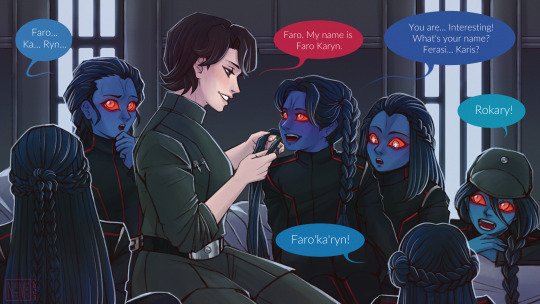
STAR WARS: Eleventh Fleet AU
A short comic about how, among the stories of Chiss navigators, a new “hero” appeared + a lot of braids.
Commodore Faro, as the Grand Admiral's right-hand man, was able to visit rescued ozyly-esehembo (Force-sensitive Chiss navigators) while they were aboard the Chimaera.
Unlike Vader, who instills genuine horror in the girls, and Thrawn, who was almost at the level of a living legend for the children, Karyn seemed to them… simply interesting. Unusual. And very similar to one strange alien who arrived in Ascendency a year ago.
Commodore is actually very good with children, but doesn't admit this fact.
P.S. Faro and one of the navigators communicate in sy bisti. The girl was taught this by a pilot who served for some time on her ship, and Karyn was taught by Eli. The rest only know cheun. But this doesn't stop them from giving the woman a “new” name.
#star wars#eleventh fleet au#karyn faro#faro'ka'ryn#rokary#thrawn books#commodore faro#thrawn#thrawn alliances#thrawn trilogy#thrawn ascendancy#navigators#chiss#chiss ascendancy#ozyly-esehembo#braids#chimaera#grand admiral thrawn#my art#netmors#art#digital#comic#concept art#karyn knows how to braid hair#сommodore's сorrelian playful nature sometimes comes out#i wonder what thrawn's reaction will be to this scene#it was at this moment that he finally realized that karyn deserved his trust just like eli#this meeting will also affect many important events in the future of this au story#somewhere in the ascendency one poor vanto sneezed >v<
328 notes
·
View notes
Text

#star wars#sw memes#ahsoka series spoilers#ahsoka spoilers#ahsoka series#ahsoka#grand admiral thrawn#thrawn#mitth'raw'nuruodo#chimaera
364 notes
·
View notes
Text
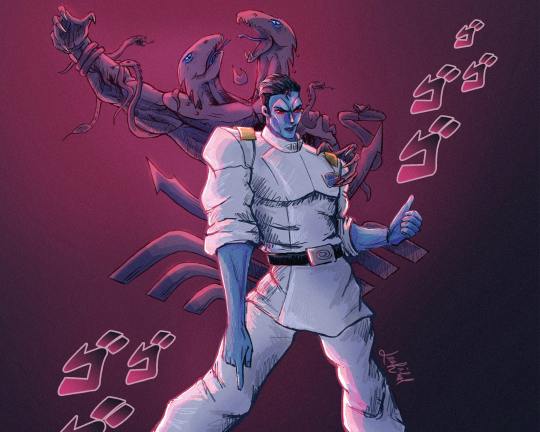
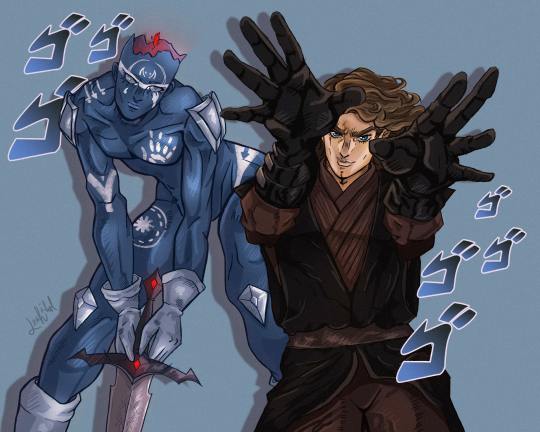
star wars
I wanted to try something fun and I came up with merging star wars with jojo's bizarre adventures.
So there you have it, Thrawn with Chimaera as his stand and Anakin with his Fallen knight (including some 501 easter eggs) stand in jjba style!
you can see more posts like this on my instagram
(These two pieces were obviously heavily inspired by the amazing Hirohiko Araki and his art)
#thrawn#anakin skywalker#star wars#star wars fanart#jjba fanart#jojo's bizarre adventure#jojo fanart#grand admiral thrawn#star wars anakin#chiss#thrawn trilogy#chimaera#revenge of the sith#rots#clone wars#501st legion#501st battalion#mitth'raw'nuruodo#leahikol
244 notes
·
View notes
Photo

A small school of dorypterus shadow a helicoprion in the hopes feeding on the leftovers from its next kill.
#My art#shark#chimaera#ratfish#helicoprion#prehistoric#permain#fish#dorypterus#paleontology#paleoart#paleoillustration#Illustration#ocean#squid#sand#teeth#not#a#dinosaur#not even close
574 notes
·
View notes
Text
im so sleepy tonight but fish are important
The Sea Creature of the Day is the Chimaera!


when i think to myself about how simultaneously beautiful and creepy the deep sea can be, these adorable lil guys are alwats the first thing to pop into my head. though informally referred to as ghost sharks, these guys actually aren't sharks at all, though very closely related.
they look so... cute in a creepy way, if that makes sense 💜 i love them a lot
418 notes
·
View notes
Text
Daily fish fact #402
Chimaeras!
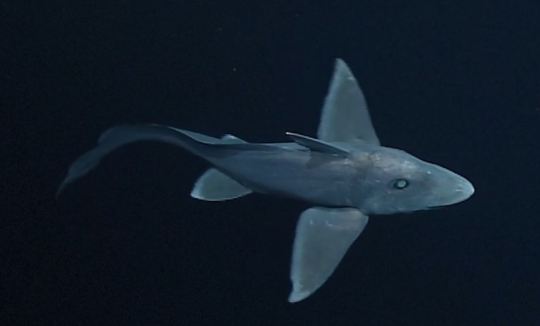
Also called ghost sharks. Despite the name, they are only related to sharks!
#this is for you ghost shark anon#fish#fishfact#fish facts#fishblr#marine life#marine biology#marine animals#sea animals#sea life#sea creatures#deep sea#deep sea fish#deep sea creatures#deep sea life#biology#zoology#ghost shark#chimaera#i feel completely dumbfounded
846 notes
·
View notes
Text

The Chimera by Gustave Moreau (1867)
#gustave moreau#art#paintings#fine art#19th century#19th century art#symbolism#symbolist#symbolist art#painting#french art#french artist#mythology#greek mythology#mythological creature#chimera#chimaera#classic art
1K notes
·
View notes
Text
Ahsoka Episode 6 “Far, Far Away”: The Story, the Symbolism, and the Score
Episode 6 of Ahsoka begins with the sound of distant purrgil calls as Ahsoka and Huyang travel through hyperspace, crossing the void between galaxies. During their discussion of the tales Huyang used to tell the Jedi younglings there is no music.


I loved that Huyang said such an iconic line in this episode, reminding us that this is indeed a fairy tale, a children’s story.
The Title Card for Ahsoka appears, and then the episode title, “Far, far Away.”
We hear ominous music when Sabine is in the brig onboard the Eye of Sion. The window to her cell is shaped like an upside down triangle.
The sinister music continues during the scene with Baylan, Shin, and Morgan on the bridge. Morgan’s Theme (the Nightsister theme) is heard when the Eye of Sion exits hyperspace.
The line “Peridea is a graveyard” reminds us that this is indeed a “descent into the abyss” a stage of the hero’s journey which I have discussed on this blog before. Ominous music plays here.
The characters who are aligned with the dark side are on a quest for more power to dominate others. They have followed the Path to Peridea as a kind of path to perdition as I have mentioned in my previous metas. But Sabine, our heroine, is descending into the Underworld on a more noble quest. She hopes to find her beloved Ezra Bridger, echoing the story of Orpheus, the hero of Greek myth who descends into the Underworld to find his beloved Eurydice.
Morgan’s Theme continues when they board the shuttle and descend to the planet Peridea.
The landscape of J. R. R. Tolkien’s Middle-earth is suggested by the giant statues and the Nightsister fortress, which resembles an evil version of Minas Tirith.
The characters encounter three Nightsisters, analogous to the Three Fates of Greek mythology, the Moirai. (Note the similarities between this word and the name of Ahsoka’s owl, Morai, a creature I predict that we will be seeing again soon.)
The three Fates were the personification of destiny in Greek mythology. The three sisters were known as Clotho (the spinner), Lachesis (the alotter), and Atropos (the unturnable, a metaphor for death). The end credits for this episode name these three Nightsisters as Klothow, Lakesis, and Aktropaw, clearly indicating the intended symbolism of these three characters. As George Lucas said back in the late nineties, “Well, when I did Star Wars I consciously set about to recreate myths and the — and the classic mythological motifs. And I wanted to use those motifs to deal with issues that existed today.” (From billmoyers.com) Lucas’ apprentice, Dave Filoni, has learned this lesson from the master himself.
The music is quieter in this scene, with sounds of low vibrations being heard. Morgan’s Theme continues when Sabine is imprisoned by the Nightsisters’ three orbs, which held her bound within a triangle made of red cords of energy.
Outside of the fortress three wolf-like creatures howl as ominous music plays. Choral music suggesting the mysticism of the fallen Jedi Order is heard as Baylan speaks of Peridea being a realm of “dreams and madness” from old “children’s stories come to life.” Once again, the viewer is reminded that we are being told a fairy tale, a myth. The musical score subtly teases the listener with three notes from Ahsoka’s Ronin theme in this scene.
Sabine is imprisoned inside the Nightsister fortress as the Chimaera arrives with the sound of ominous metallic rumbling. Thrawn’s flagship Star Destroyer was named after the female fire-breathing monster in Greek mythology which was part lion, part goat, and part dragon.
I am no Freudian, but the Chimaera’s open docking bay hovering over the phallic tower of the Nightsister fortress seems to be the most overtly sexual symbolism I have seen in Star Wars in a long time. However, I’m not here to discuss that visual metaphor.

Organ music which anticipates but does not present Thrawn’s theme is heard as the Nighttroopers muster under Enoch’s command. These undead stormtroopers have cracked armor repaired with golden seams suggesting the Japanese art of kintsugi, as well as armor pieces bound with bands of red cloth. They are heard chanting “Thrawn! Thrawn!” as the Grand Admiral makes his dramatic entrance. For me this chant was reminiscent of how the orcs in Return of the King chanted “Grond! Grond!” when using their mighty battering ram against the walls of Minas Tirith. (You can do your own Freudian analysis of that scene. I’m not going there.) What was Grond?
“Grond, also known as the Wolf's Head, was a one hundred-foot long battering ram with a head in the shape of a ravening wolf, used in the arsenal of Sauron in the Third Age. Though named for Grond, Morgoth’s warhammer, it was created in the likeness of the Wolf of Angband, Carcharoth.”—from lotr.fandom.com
Creepy music accompanies the Nighttroopers as they transfer of cargo from the catacombs beneath the fortress. What is inside them? Dead Nightsisters, waiting to be revived by dark magic?
Thumps and low pitched sounds accompany Thrawn’s conversation with Baylan.
Thrawn speaks of Sabine’s desire to be reunited with her long-lost friend. (The word desire is a very intentional word choice, with the connotation that the connection between Sabine and Ezra has potential to be more than just friendship.)
Sabine: I’m sure he’s doing just fine.
Thrawn: You gambled the fate of your galaxy on that belief.
Sabine: You wouldn’t understand.
Thrawn: Perhaps not.
Evil does not understand love and loyalty. (See my previous post about the Path to Peridea.)
Enoch returns Sabine’s weapons to her, and she is provided with provisions and a wolf-like howler for a mount. He tells her to “die well” as she embarks on her “fool’s errand.”
The line about a “fool’s errand” calls to mind this scene from Tolkien’s novel, The Return of the King:
'Tell me,' he said, 'is there any hope? For Frodo, I mean; or at least mostly for Frodo.'
Gandalf put his hand on Pippin's head. 'There never was much hope,' he answered. 'Just a fool's hope, as I have been told…”
“A Fool’s Hope” was also the title of the penultimate episode of Star Wars Rebels final season.
Once again, Thrawn’s theme is only hinted at by the organ music at the end of the scene.
Sabine’s scanner is destroyed during her fight for her life with the red-armored bandits in the wastelands. Her life is saved by her Mandalorian armor and weapons, Ahsoka’s training, and Ezra’s lightsaber in this action sequence.
Baylan and Shin ride out on howlers. Nighttroopers load coffin-like cargo containers onto the Chimaera as uneasy music plays. Thrawn decides to dispatch only two squadrons of Nighttroopers. His disdain for Jedi, light or dark, is apparent: “It matters not whether Wren and Bridger are killed or stranded here. The same can be said for your two mercenaries.” Ominous music plays.
The scene with Sabine and the howler is accompanied by gentle music played upon wooden flutes. Sabine processes her abandonment issues and her complex feelings for Ezra in this scene by taking out her emotions on the howler. “You. You abandoned me. I should have known you are a coward.” She tries to make the howler stop following her, but the loyal animal comes back as soon as she walks away. “Okay. Fine,” she says. “I’ll give you another chance, but you better not bail on me this time.” The gentle flute music continues. A motif of ascending perfect fifths suggests Ezra’s Theme.
The howler stops to drink water and sniffs the air. The thing that Sabine and the audience assumes to be a rock is revealed to be a sentient little hermit-crab-like creature called a Noti. Gentle music plays when Sabine kneels, puts down her blaster, and extends her hand to the creature. The Noti recognizes the Rebel Alliance symbol (an evolution of her own Starbird design) on her pauldron. The creature has a medallion of his own, marked with a similar symbol.
“Do you know Ezra Bridger?” Sabine asks, touching her heart. “He’s my friend.”
Ominous music plays as Baylan and Shin discover the dead bandits. Once again choral music is heard when Baylan reminisces about the Jedi Order.
It is also revealed that the Nightsisters are fleeing from a power that is greater than their own.
Baylan and Shin see the red Bandits in the distance. “The enemy of our enemy is our friend,” says Baylan, “for now.”
Peaceful and noble sounding music is heard when Sabine sees the Noti encampment. She smiles at the mother Noti rocking her baby in a hammock.
With Sabine in the foreground, the camera pans to show a now adult, bearded Ezra Bridger wearing a red robe and leaning against the wall of his home. “I knew I could count on you,” he says as joyful music plays, music which features the piccolo, flute, and other woodwind instruments.
The closed captioning for this episode says that there is captivating music playing when Sabine and Ezra finally embrace. We hear a beautifully orchestrated rendition of Ezra’s Theme on the French horn with a new countermelody in the strings to heighten the emotional impact of this long-awaited scene.


Ezra’s Theme is heard again when he says “Sabine, thanks for coming. I can’t wait to go home.”
When we return to where the Chimaera is docked with the Nightsister fortress, a suggestion of Thrawn’s Theme is heard at a quick tempo suggesting the urgency of the situation that is about to unfold. Ahsoka Tano is coming. “The thread of destiny demands it” is a line that further emphasizes the three Nightsisters playing the role of the three fates. We finally hear Thrawn’s Theme presented in an obvious way as the episode ends.
I have blogged about the magnificent end credits music in previous blog posts, so this time I am going to discuss something different: the alchemical symbolism in Ahsoka.
The central focus of alchemy was to transmute base metals into gold and create the elixir of life, as any aficionado of the lore of the philosopher’s stone knows. The process is a metaphor for the purification and transformation of the human soul to a state of perfection.
Three colors symbolize this process, black, white, and red.
First there is the nigredo (blackening) stage of the alchemist’s work, representing the breaking of the human spirit. This is where both Sabine and Ahsoka are at the beginning of the series.
Second is the albedo (whitening) stage, which involves washing away impurities or vices, and being ready to grow and learn again. This is most clearly illustrated by Ahsoka the Grey’s “death” and transformation into Ahsoka the White.
Third is the rubedo (reddening) stage, which is where we are in the story right now. It represents the purified and awakened spirit reaching its highest and purest form.
“The symbols used in alchemical writing and art to represent this red stage can include blood, a phoenix , a rose, a crowned king, or a figure wearing red clothes.”—Wikipedia.
The color red, of course, is symbolic of Nightsisters and their magic in this series, as well as symbolizing the red thread of fate.
Baylan Skoll’s line about having to “destroy in order to create” is an example of the alchemical concept of “solve et coagula” meaning to separate then join together. Nothing new can be built without destroying the old. Perhaps this is really telling us about the destruction and rebuilding of the Jedi Order.
In the completion of the rubedo stage there must be a union of sulphur and mercury, also known as the wedding of the Red King (the sun) and the White Queen (the moon). Sulphur represents the masculine principle, the soul, and the fire of life. (Remember Ezra’s red robe?) Mercury represents the feminine principle and the mind, flexible and changing. (Sabine is a clever young woman who lives inside her head, sometimes too much. Lately she’s been distracted by her heart.) Mercury also represents a state that can transcend death.
Is the much-discussed Ezra and Sabine hug the union of Sulphur and Mercury? Or should we expect something more than that?
Much has been written about Baylan Skoll and Shin Hati as the mythological wolves who chase the sun and the moon. This episode ends with the pair in pursuit of Ezra (sulphur, the Red King, the sun) and Sabine (mercury, the White Queen, the moon). When Skoll and Hati catch the sun and the moon, Ragnarok begins.
Besides sulphur and mercury, there is another element present at the rubedo stage of alchemical transformation: salt.
Ahsoka the White is coming.
Please reblog and comment on what you think of my musical and literary analysis of this episode of Ahsoka. I am looking forward to reading your replies.
#sabine wren#ezra bridger#star wars#ahsoka series#sabezra#star wars rebels#ezrabine#ahsoka tano#thrawn#baylan skoll#shin hati#morgan elsbeth#nightsisters#chimaera#j r r tolkien#dave filoni#george lucas#kevin kiner#star wars music#fates#mythology#alchemy
195 notes
·
View notes
Text

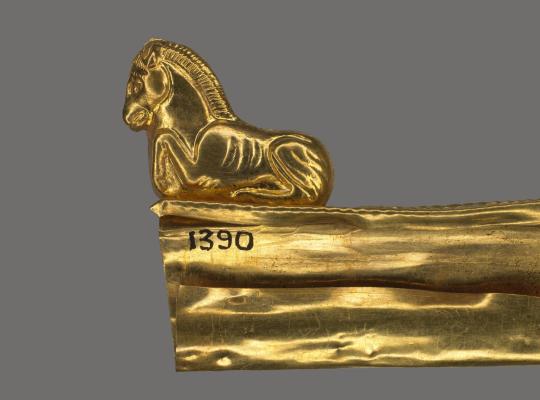
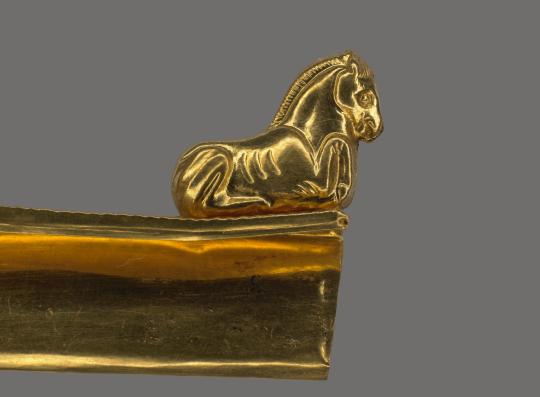

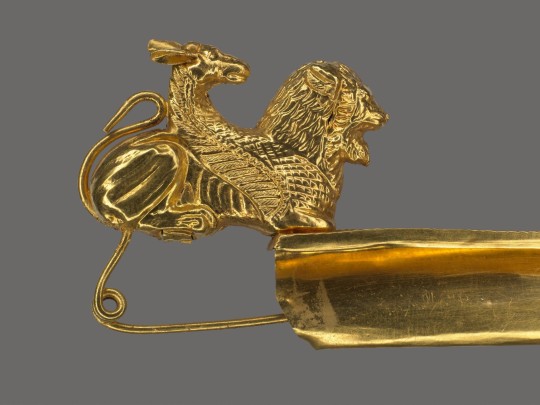

~ Gold fibula with a bow in the form of a winged Chimaera.
Cultures/Period: Etruscan
Date: 525-500B.C.
#ancient#ancient art#history#museum#archeology#ancient history#archaeology#ancient jewelry#etruscan#etruria#fibula#gold#Chimaera#525 b.c.#500 b.c.
570 notes
·
View notes
Text

my interpretation of mokele mbembe cryptids
#art#artists on tumblr#animals#aesthetic#creature design#mythical creatures#cryptid#cryptozoology#monster design#monster#monster art#creature#speculative zoology#speculative fiction#speculative biology#chimaera#chimera#kaiju art
80 notes
·
View notes
Text
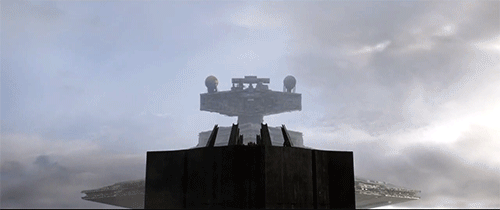
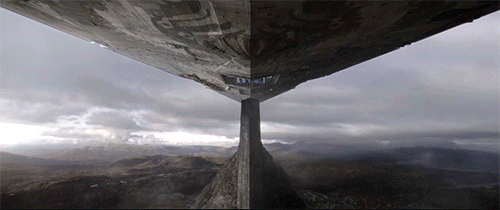

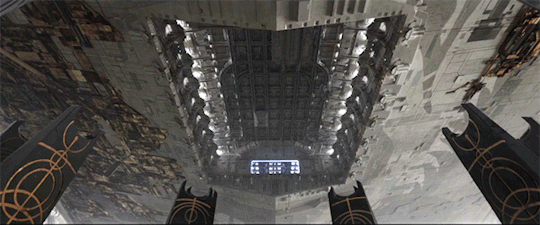
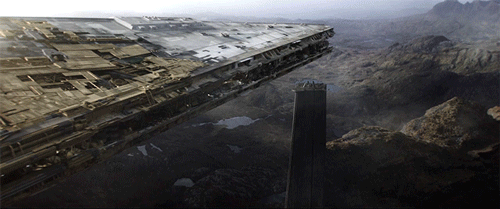

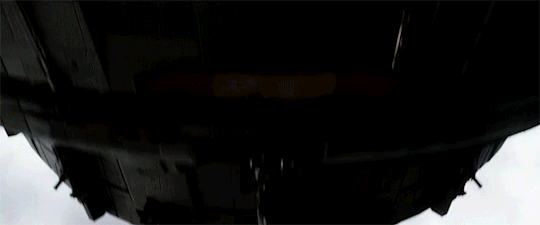
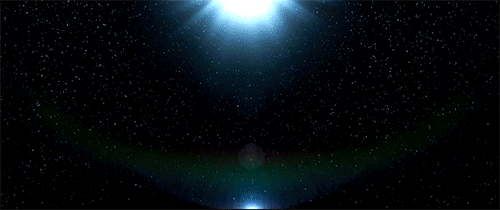
"She was of divine stock not of men,
in the fore part a lion,
in the hinder a serpent,
and in the midst a goat,
breathing forth in terrible wise the might of blazing fire."
Homer, Iliad, VI, 180-184
#isn't she the most beautiful ship among beautiful ships?#<3<3<3#(well... together with the executor ^^)#isd chimaera#thrawn#ahsoka series#star destroyer#chimaera#homer#iliad#galactic empire#star wars#man how much i love star destroyers!!!!!!!!!! <3<3<3
159 notes
·
View notes
Text
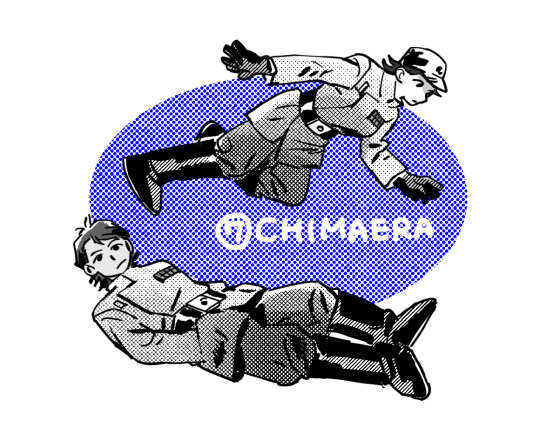
Faro and Eli
425 notes
·
View notes
Text
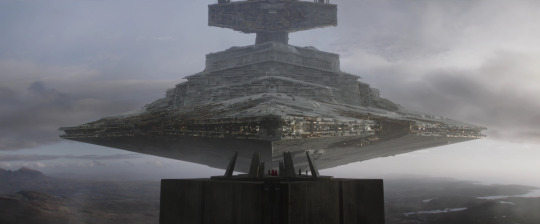



Oh, she's been through the wringer
#Star Wars#Ahsoka#Ahsoka TV#Star Wars Ahsoka#Star Destroyer#Thrawn's Star Destroyer#spoilers#Far Far Away#Chimaera#ISD Chimaera#Danny watches Ahsoka
186 notes
·
View notes